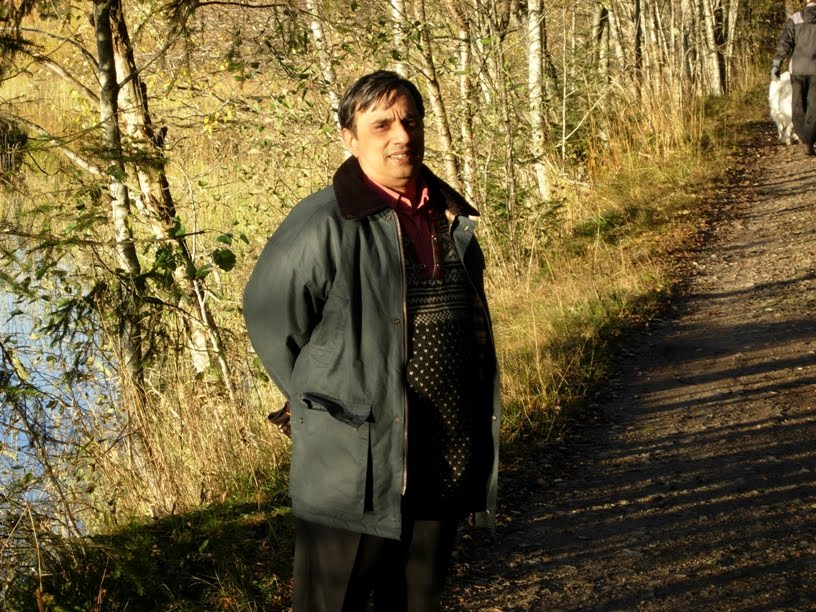Subodh Gupta: Global Native
By S, Kalidas
There is a new bartan-walla (utensil seller) from the
backyards of Patna who is 'wow'-ing
international art curators and collectors from Paris
to Singapore .
With his amazingly imaginative sculptural forms of human skulls and UFOs— made
of kitchen utensils— being snapped up by serious European collectors like
Pierre Huber (the visionary Geneva gallerist and collector), Francois Pinault (who owns Gucci, Balenciaga
and the Christie’s besides other brands) and Bernard Arnauld (of LVMH, the
group that owns Luis Vuitton among other businesses), Subodh Gupta, 43, is
making making a niche for himself and for Indian Art in spaces where few Indian
artists have made a dent in the past.
“He is quite fantastic and hugely desirable. As Husain was
the ambassador of Indian art abroad in the 1960s and ’70s, today it is Subodh
who is the new face of Indian art globally,” says Sharmishtha Ray, manager of
the Bodhi Art gallery in Mumbai, where Gupta’s latest offerings are on view
till the end of the month. More significantly, Gupta is appealing not to the
expected crowd of Indophiles and orientalists (they are in fact a bit
bewildered by his sudden success) in the west but mainstream museums, galleries and art fairs where few Indians, including
Husain, have tread before.
Gupta’s work these days is all about surprise and scale:
Huge monumental works that inspire awe while evoking amazement. His current
show in Mumbai, for example, has only four objects— the UFO (uran khatola) made
of brass lotas (common Indian water vessel) some four metres across in
diameter, a simple “door-to-nowhere” cast in brass, a corner piece collage of
steel utensils and his piece de resistance, the ‘tiffin-box sushi belt’. “I
love food and I cook it too… in a manner of speaking I use utensils as a metaphor
for food and the way it has travelled across cultures and countries in my
work,” says Gupta. Interestingly, the fundamental concept of rasa (essence,
juice, mood) in Indian aesthetics is food-inspired too. His earlier works have
been made of milk cans and buckets, some of them GIANT milk cans and towers of
buckets rising high into the sky.
Last year for just a 12-hour showing during la Nuit Blanche
(White Night) in Paris Gupta combined his culinary skills and sculptural art to
great effect. He was asked to create an installation at the church of St. Bernard
in north Paris
which was occupied by hundreds of immigrants in 1997 in what was called the
movement “sans papiers” to protest against the change in immigration laws that
made the status of thousands of French residents illegal. “It was a house of
god and the site of protests by immigrants,” recalls Gupta, “I also remembered
an episode from our own scriptures where a whole forest was once cut down to
appease the hunger of one of our gods. So I thought of serving soup cooked by
me to all visitors and make a mammoth human skull from dabbas (boxes) and
baltis (pails).” The work titled A Very Hungry God took three months to
construct and was snapped up by Pinault in a pre-breakfast viewing that lasted just
15 minutes for an alleged 500,000 Euros.
Born in Khargaul, a small village in Bihar ,
Gupta lost his railway man father when still young. As a teenager, he joined a
street theatre group where apart from acting, he also designed posters and
brochures. His sense of design caught the eye of a mentor in who got him
admitted to the Patna
Art College
Vibrantly imaginative yet firmly rooted in his ethos, Subodh
Gupta straddles the native and the global without the least self-consciousness.
Not unlike his fellow Bihari, Lalu Yadav in politics, Gupta, too, is bound to
serve up more surprises in future.

No comments:
Post a Comment
Note: Only a member of this blog may post a comment.